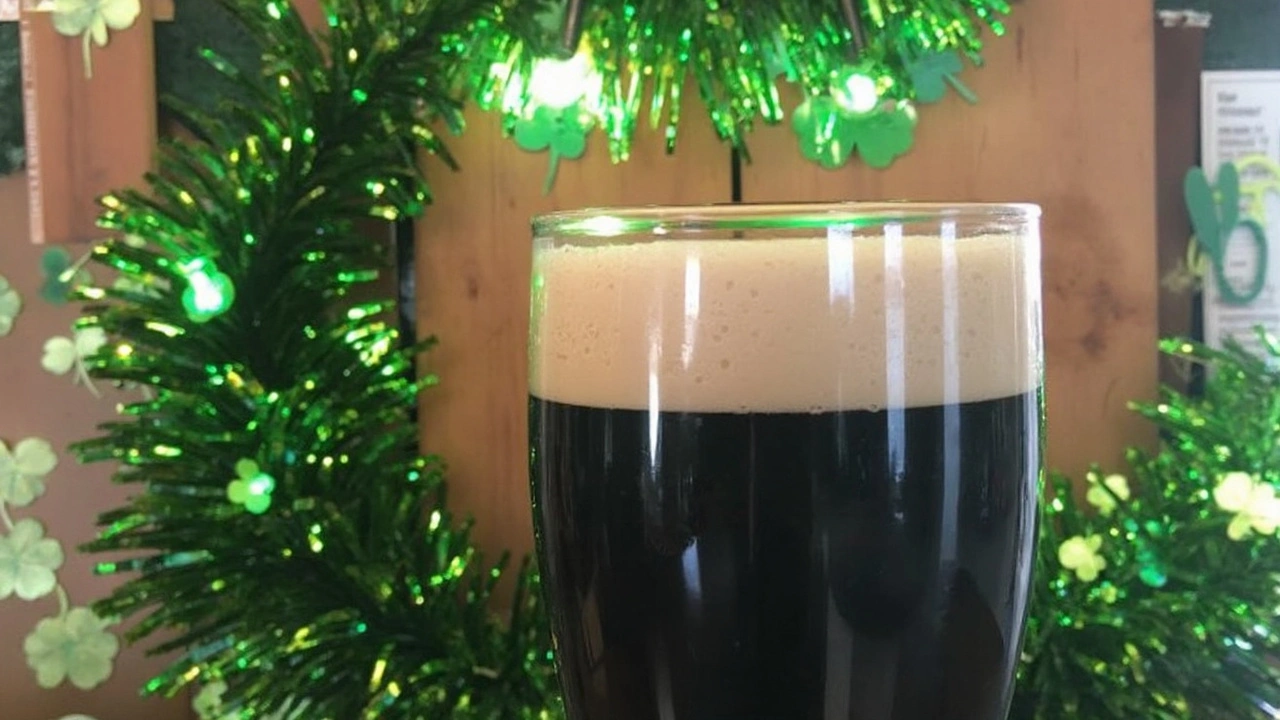The Historical Roots of St. Patrick's Day
St. Patrick's Day is celebrated every March 17 with gusto, but its roots are deeply historical. Way back in the 5th century, a young man named Maewyn was born in Roman Britain. His life took a turn when at just 16, he was captured and enslaved in Ireland. After six years, he managed to escape and eventually found his calling as a priest, adopting the name Patrick. He later returned to the very land of his captivity, this time as a missionary with a mission to spread Christianity.
His journey is awe-inspiring. Picture this: an ex-slave convincing pagan communities to embrace a new faith. Legend has it, he used a shamrock to explain the concept of the Holy Trinity—a teaching tool that would forever be associated with him and the St. Patrick's Day celebrations we know today.
From Modest Beginnings to Lavish Celebrations
Originally, St. Patrick's Day was marked by somber church services and quiet feasting. However, Irish immigrants, particularly in the United States, transformed it into an exuberant cultural event. Back in 1762, a group of Irish soldiers in New York City took to the streets for the first St. Patrick's Day parade, kickstarting a tradition.
Over time, this modest religious observance blossomed into a full-fledged celebration of Irish culture and heritage. The parades, the vibrant green outfits, and the iconic shamrock all became synonymous not only with Ireland's national pride but also with the widespread Irish diaspora seeking to affirm their identity. This was especially poignant in a world where Irish immigrants often faced discrimination.
Certain traditions took root along the way. Wearing green isn't just about avoiding a playful pinch; it connects to historical Irish rebel symbolism. The meal of corned beef and cabbage, now staple fare for the day, originated due to dietary constraints faced by early immigrants who made do with what was affordable.
And then, there's the ubiquitous stout beer. While not directly related to Saint Patrick himself, Guinness and similar stouts have become part of the St. Patrick's Day ritual. These libations represent both celebration and camaraderie, enjoyed in pubs and at communal gatherings worldwide.
Today, St. Patrick's Day is a global phenomenon. With parades in cities from New York to Tokyo, it is as much about enjoying cultural festivities as it is about remembering the man who, centuries ago, began an enduring legacy. So, whether you're admiring a bustling parade or enjoying a little Irish charm at a local pub, remember that this celebration traces back to a missionary's journey and an immigrant's influence, offering a blend of faith, tradition, and infectious revelry.

Dinesh Gupta
March 20, 2025 AT 16:04John Bothman
March 21, 2025 AT 11:42Amanda Kelly
March 22, 2025 AT 06:48Shalini Ambastha
March 23, 2025 AT 20:52Jessica Herborn
March 24, 2025 AT 19:24